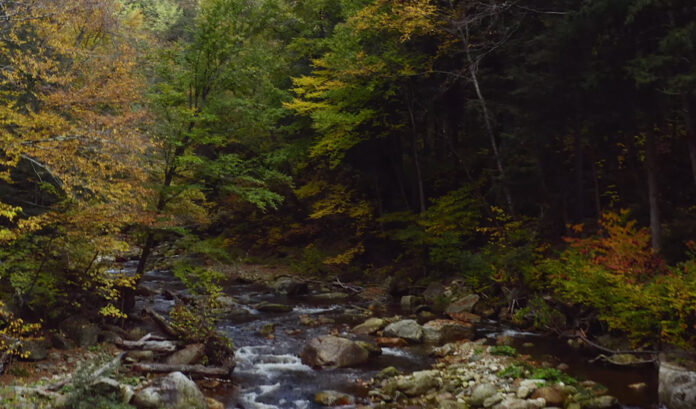Welcome to the latest installment of the Wednesday Wake-Up Call, a roundup of the most pressing conservation issues important to anglers. Working with our friends at Trout Unlimited, Backcountry Hunters & Anglers, the Theodore Roosevelt Conservation Partnership, The Everglades Foundation, Captains for Clean Water, VoteWater.org, and Conservation Hawks (among others), we’ll make sure you’ve got the information you need to understand the issues and form solid opinions.
1. Forest Service and Trout Unlimited Launch a $40M restoration initiative
It was announced today that the U.S. Forest Service (USFS) will provide up to $40 million to Trout Unlimited as part of a five-year agreement to improve watersheds on national forests and grasslands–home to many of America’s most important trout and salmon species. Projects include clean-up of abandoned mines and removing barriers to improve fish passage, as well as stream habitat improvements.
Made possible by the Bipartisan Infrastructure Law, this five-year National Watershed and Aquatic Restoration Initiative aims to increase the pace and scale of watershed restoration on national forests and grasslands, with priority given to projects that use local employees and contractors to improve water quality in underserved communities and on Tribal lands.
“Our agreement with Trout Unlimited continues our joint success as stewards of national forests and grasslands,” said Forest Service Chief Randy Moore. “Our partnership is not just about cleaning a stream or increasing fish population. It’s life sustaining work that is as vital to aquatic species as it is to people and communities. When our natural resources are healthy, we are healthy as a nation and as individuals.”
Click here for the full story at TU.org
Related stories:
2. Citizen Scientists Collect Environmental DNA (eDNA) to Better Understand Dolly Varden Populations

Photo via Wikipedia
Dolly Varden are native to the northwestern corner of Washington State, but understanding how populations of different watersheds overlap is low. The North Sound TU’s eDNA project grew out of an existing U.S. Forest Service effort to document bull trout population ranges, and their spawning and rearing habitat, in the Lower 48. The Nooksack River presents a unique challenge because it also contains native populations of Dolly Varden and non-native Eastern brook trout. When an eDNA test became available that could identify the three species of char separately—thereby offering a chance to distinguish where in the basin the populations overlapped and where they remained separate—the chapter jumped at the opportunity to mobilize volunteers to collect the necessary data.
Click here for the full story at TU.org
3. California Native Fish Species Decline as Drought Continues

The long-term, continuing drought in the Golden State is causing declines in native salmon and trout populations, and the effects of Climate Change aren’t helping. Although there are occasional good-water years that help recruitment, the overall trends are troubling:
“The way that salmon populations in the Central Valley, especially have worked in the last couple of decades, is basically they decline, decline, decline and then we get a big water year, the dams spill and there’s a whole bunch of floodplain habitat that’s created a lot of little fish survive,” said Henery, “Then that brings the population back up a notch. The populations overall are in a big decline.”
Click here for the full story on abc10.com
4. Conservation Groups Purchase 3,500 Acres in the Big Hole Watershed

Bob Wick, U.S. Bureau of Land Management
Conservation groups announced the purchase of over 3,500 acres of land in the Big Hole Watershed. The land will be used for habitat preservation and public recreation. The property, which is about 55 miles south of Butte in Beaverhead and Deer Lodge counties, was purchased from private landowners for close to $9 million. Two miles of the Beaverhead river and two miles of Seymour Creek cross the land, which provides habitat for fish, elk, and many other species.
Click here for the full story at mtpr.org and mtstandard.com
Credit: Source link






























